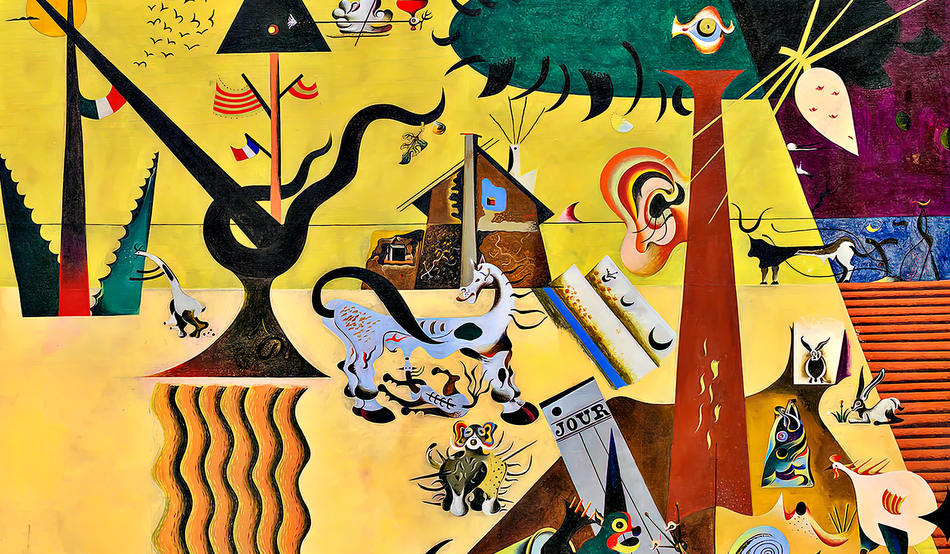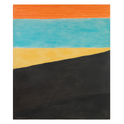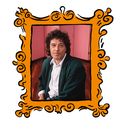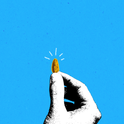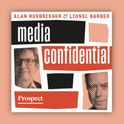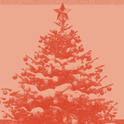Animal Farm, which was published 80 years ago this week, is the most insidious of George Orwell’s books. At first sight it’s a rollicking story, funny and unusually (for Orwell) full of affectionate tenderness—the orphan chicks carefully sheltered in the big hoofs of the horses; Mollie the frivolous, vain pony; the care the animals take with each other; Benjamin the donkey’s relationship with Boxer the carthorse. Narrative worry sets in as the reader looks over the shoulders of the animals. You can fret without understanding the politics at all. But, at the time, knowledgeable anti-communists would have been alert to what is an elegant satire on Stalin, Trotsky and communist ideology.
Unlike Nineteen Eighty-Four, in which the reader is immersed in the endless bleak and ruined urban landscape created by Orwell, Animal Farm is about somewhere over there seen in the round from a distance, a discrete place. This was how Orwell saw Soviet Russia when the whole left was convinced by it, many consciously lying about it (but, of course, not living with the consequences). And, in another contrast with Nineteen Eighty-Four which gets into your very bones, Animal Farm is a panorama, showing from outside what it was like to live beside or inside communism as it mutated. At first nasty things get brushed aside, even nastier things are explained away and willing, decent folk get sucked into complicity, until real blood and violence overwhelms everything in a system of total control.
The genesis of Animal Farm in Orwell’s head was perhaps seeing horses mistreated on a real farm, but also it is an inversion of Koestler’s Darkness at Noon—that brilliant novel about the convoluted betrayals of a Soviet apparatchik. In Animal Farm, there is a malignant guiding presence: the dogs whelp, but the puppies are removed by the tyrannous pigs and made violent for a purpose.
That he set his dystopian world in the countryside was in some ways inspired by the ruthless, deliberate, relentless famine imposed on the Ukrainian countryside by Stalin. Orwell knew the rural life; he kept goats and chickens and planted vegetables and always grew flowers. But it would have been difficult at the height of the Second World War, when Stalin was a vital ally, to have written an outright denunciation of communism. Elizabeth Bowen, in The Heat of the Day, described a time “when the idealisation of Russia was at its height”, when young women in London wearing red neck scarves had a “flying try at the Soviet comrade type”. In this environment, it was the brilliant inspiration of Orwell’s wife Eileen to make his book a fable—and, even then, it was hard to find a publisher until the war ended in 1945.
It would have been difficult, at the height of the Second World War, to have written an outright denunciation of Soviet Russia
Animal Farm is the most Kiplingesque of Orwell’s books. Animals are animals but have personal characteristics in an odd mixture of archetype and wholly conceived individuality, just like Jungle Book and the Just So Stories (though why Orwell has it in for pigs is uncertain). The Animal Farm cat—nameless, unlike the other characters—who votes both ways at the start of the book and fails to persuade the sparrows of its good revolutionary intentions is both a cat and a cat with the character of Kipling’s “The Cat that Walked By Himself”—sly and independent. And the very form of Animal Farm, a story you can read to six-year-olds with moral clarity—rich complexity crammed into elegant simplicity—owes something to Kipling.
The book is also Orwell’s most clearly religious and moral book. While Moses the raven deceives the other animals with a kind of faux religion, the message of Animal Farm lies in sacrifice, care for others and what is right; indeed, the language is sometimes biblical.
But how all this richness and complexity is reduced to a compelling story is Orwell’s skill alone, and his clarity of purpose is breathtaking as the book hurtles to its doomed end, where revolutionary idealism is turned upside down by the pigs, in the chilling new slogan that is one his most famous lines: “Four legs good, two legs better! All Animals Are Equal. But Some Animals Are More Equal Than Others.”
Animal Farm, so firmly rooted in the 1940s, is a fable for our times—when new ideologies overturn rational thinking, decency and compassion on every side.
